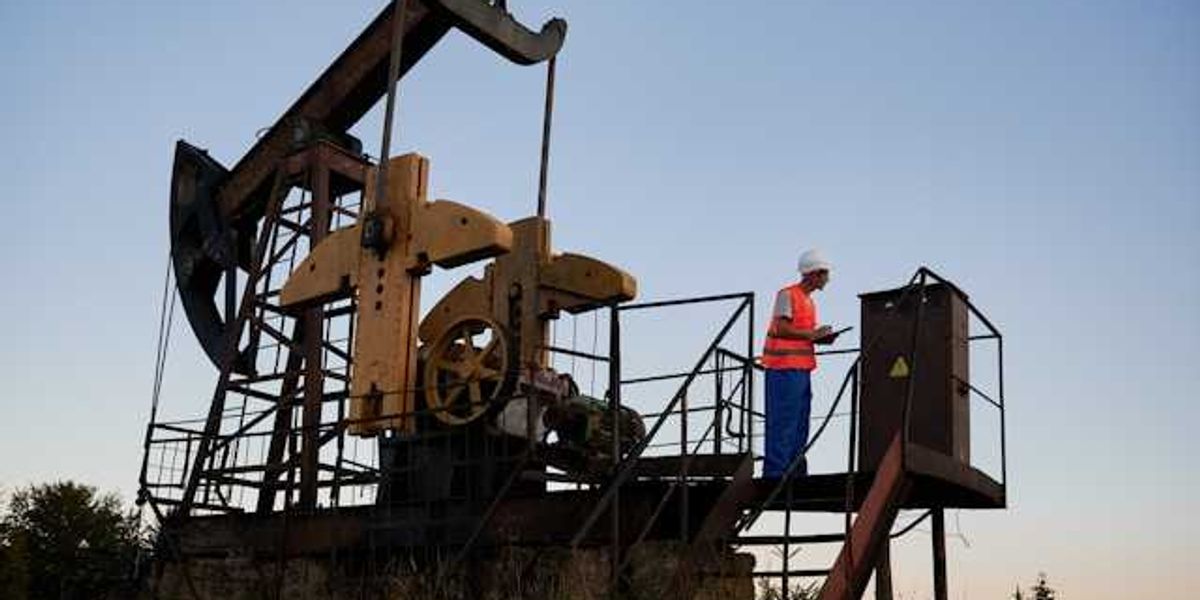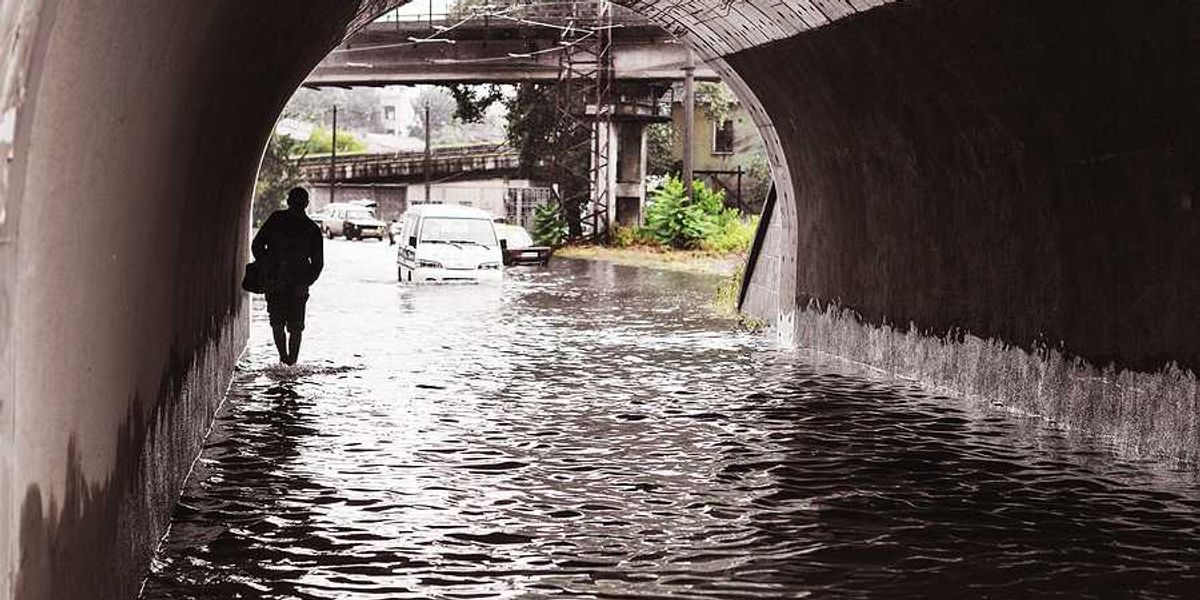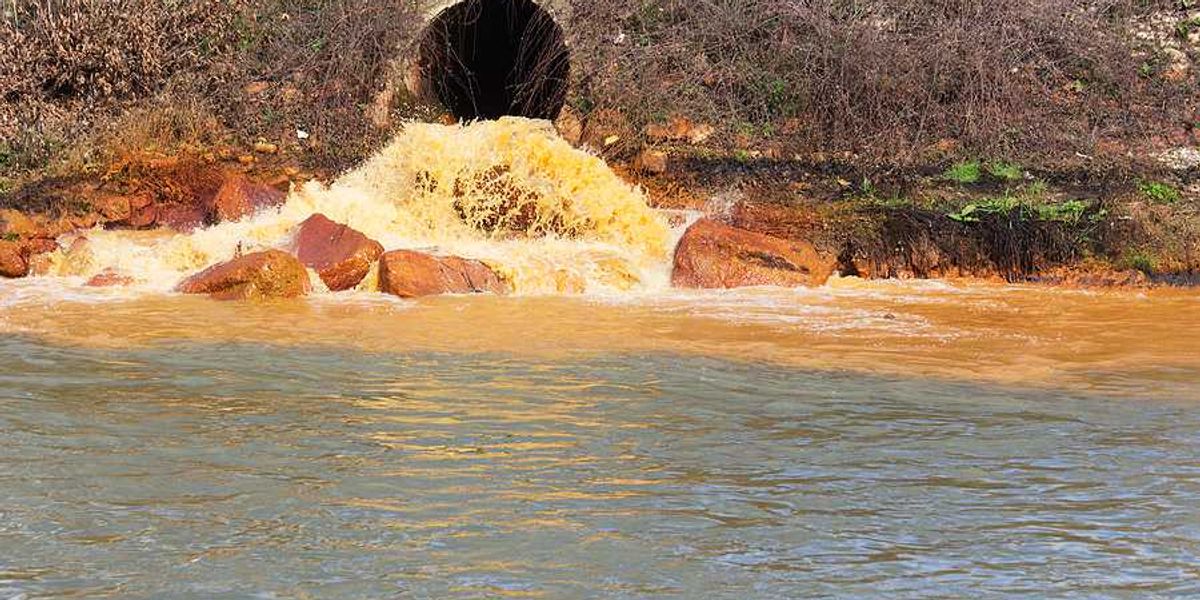New York’s climate Superfund law makes fossil fuel companies pay for damage
New York has enacted a $75 billion Climate Superfund law, requiring major fossil fuel companies to fund climate damage repairs and resilience projects over the next 25 years.
Aynsley O’Neill reports for Living on Earth.
In short:
- The law mandates fossil fuel companies that have emitted over a billion tons of greenhouse gases to contribute $3 billion annually to climate recovery efforts.
- At least 35% of the funds will support disadvantaged communities, addressing issues like flood protection and air pollution-related health concerns.
- Similar to the federal Superfund law for toxic waste cleanup, this initiative holds past polluters accountable rather than taxpayers.
Key quote:
“We all learn in kindergarten, if you make a mess, you have to clean it up.”
— Anne Louise Rabe, former environmental policy director at NY-PIRG
Why this matters:
As climate-related disasters intensify, states are struggling with mounting costs for recovery and resilience. New York’s approach shifts financial responsibility from taxpayers to fossil fuel companies, which have historically profited from emissions driving these crises. The law could set a precedent, with other states considering similar legislation. Climate-driven extreme weather has already cost New York billions, affecting infrastructure, homes, and public health.
Read more: New York faces decision on holding fossil fuel companies accountable for climate costs













